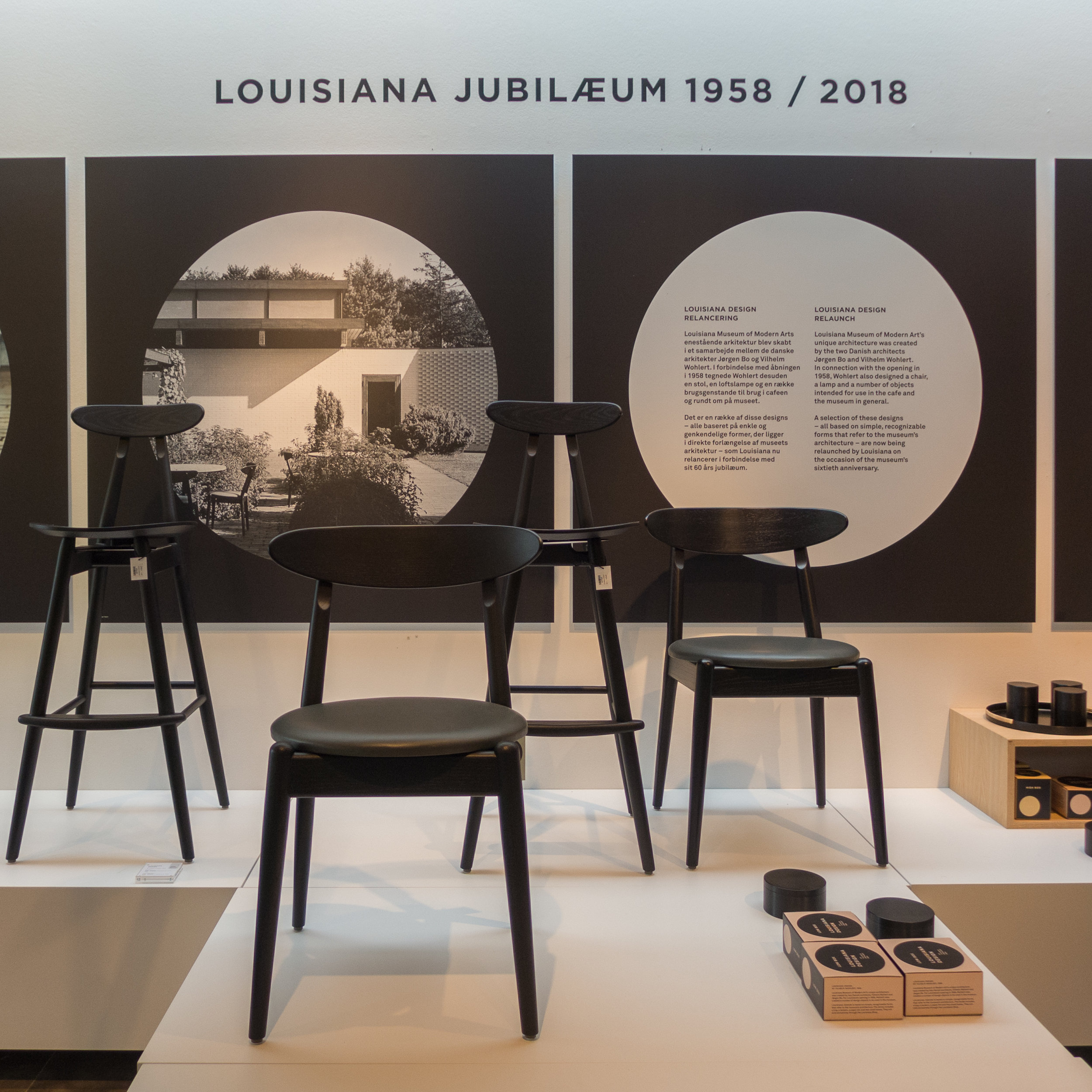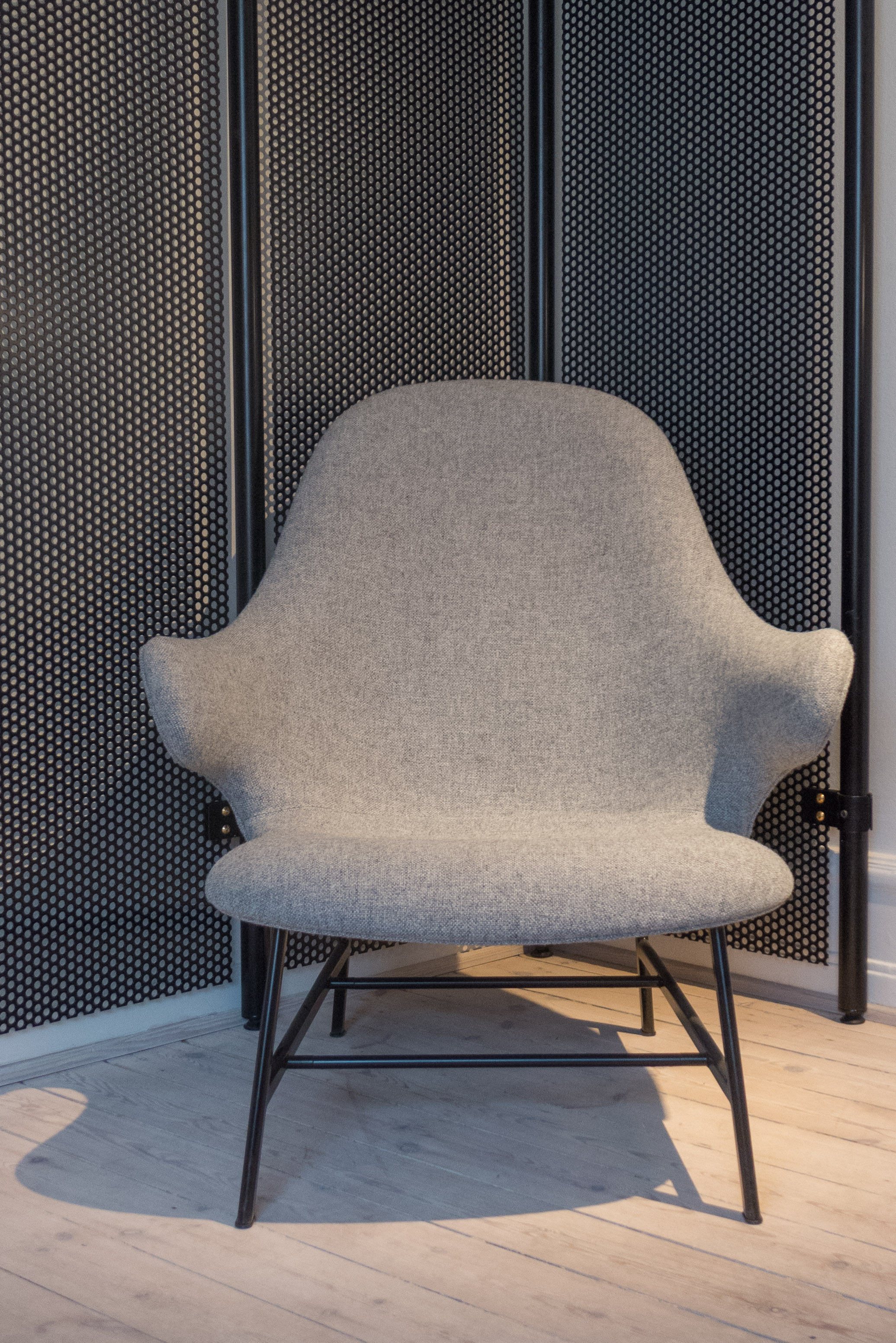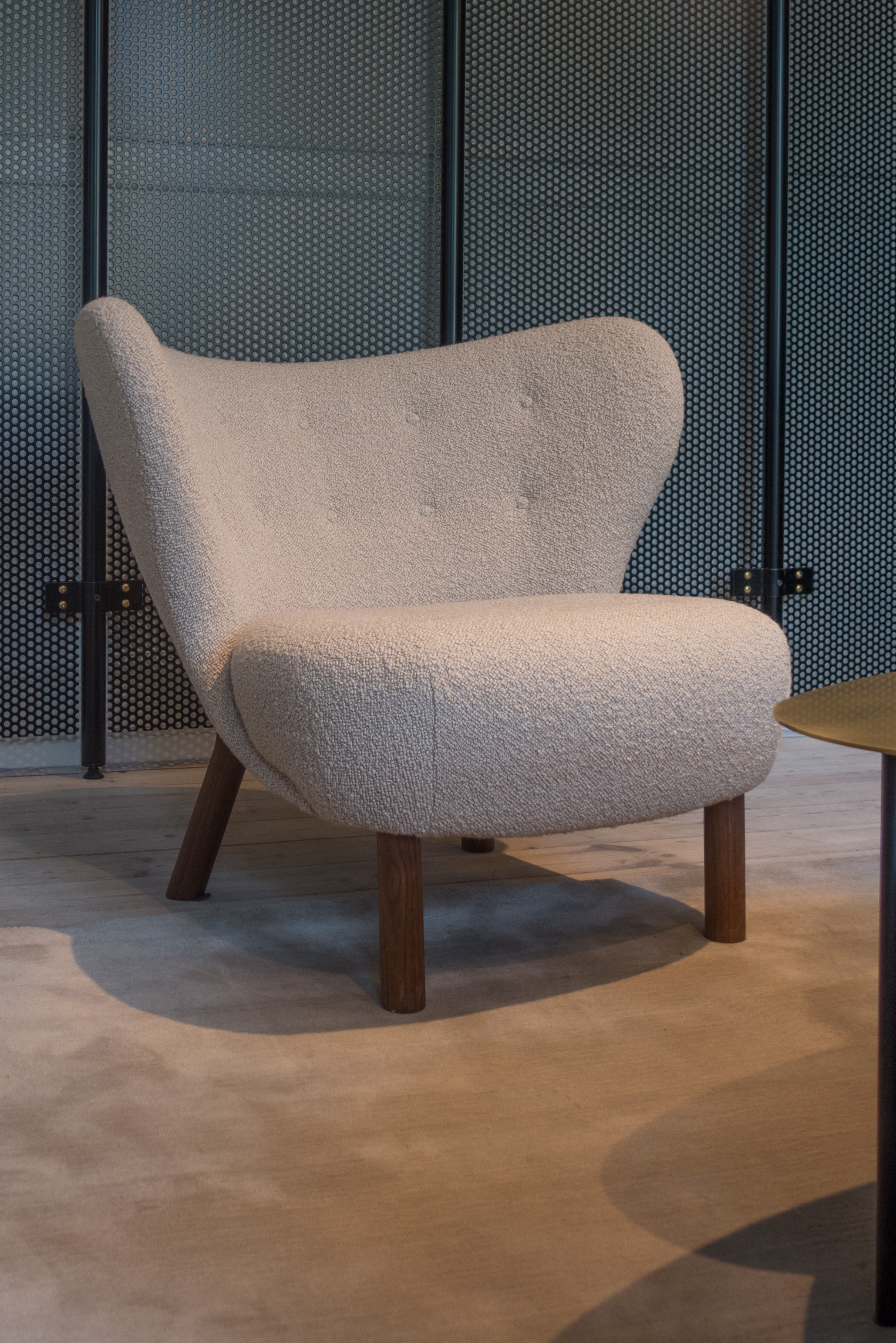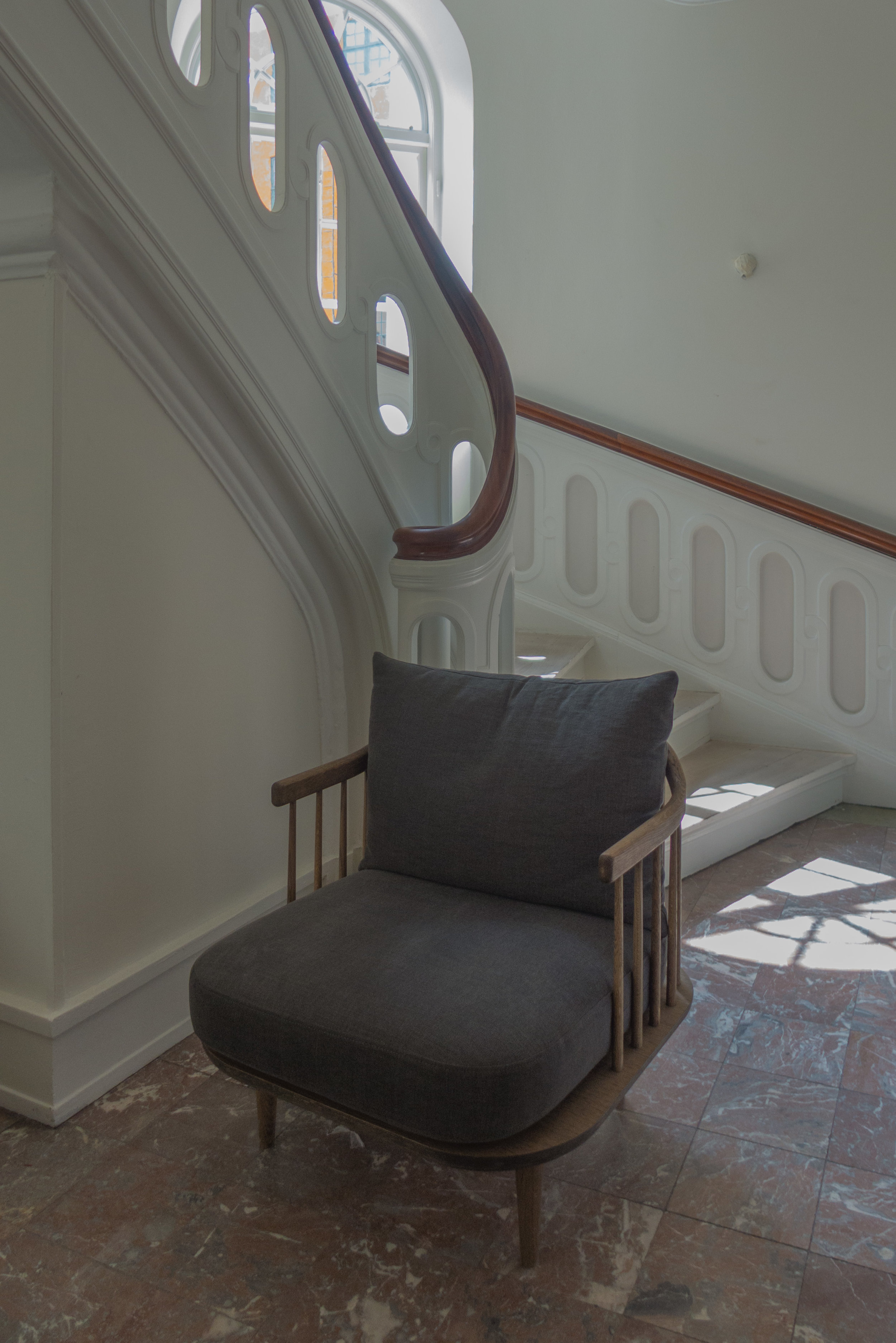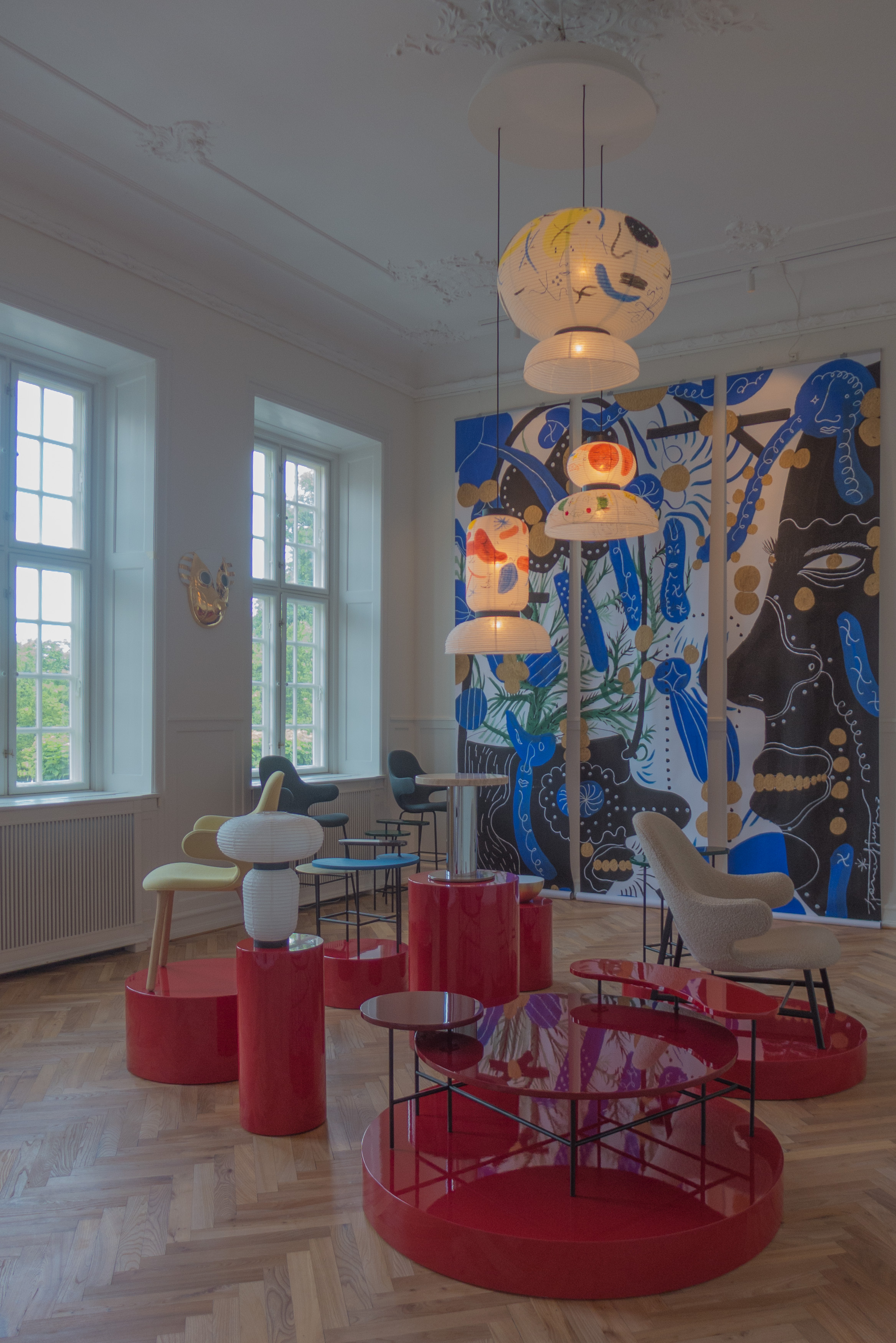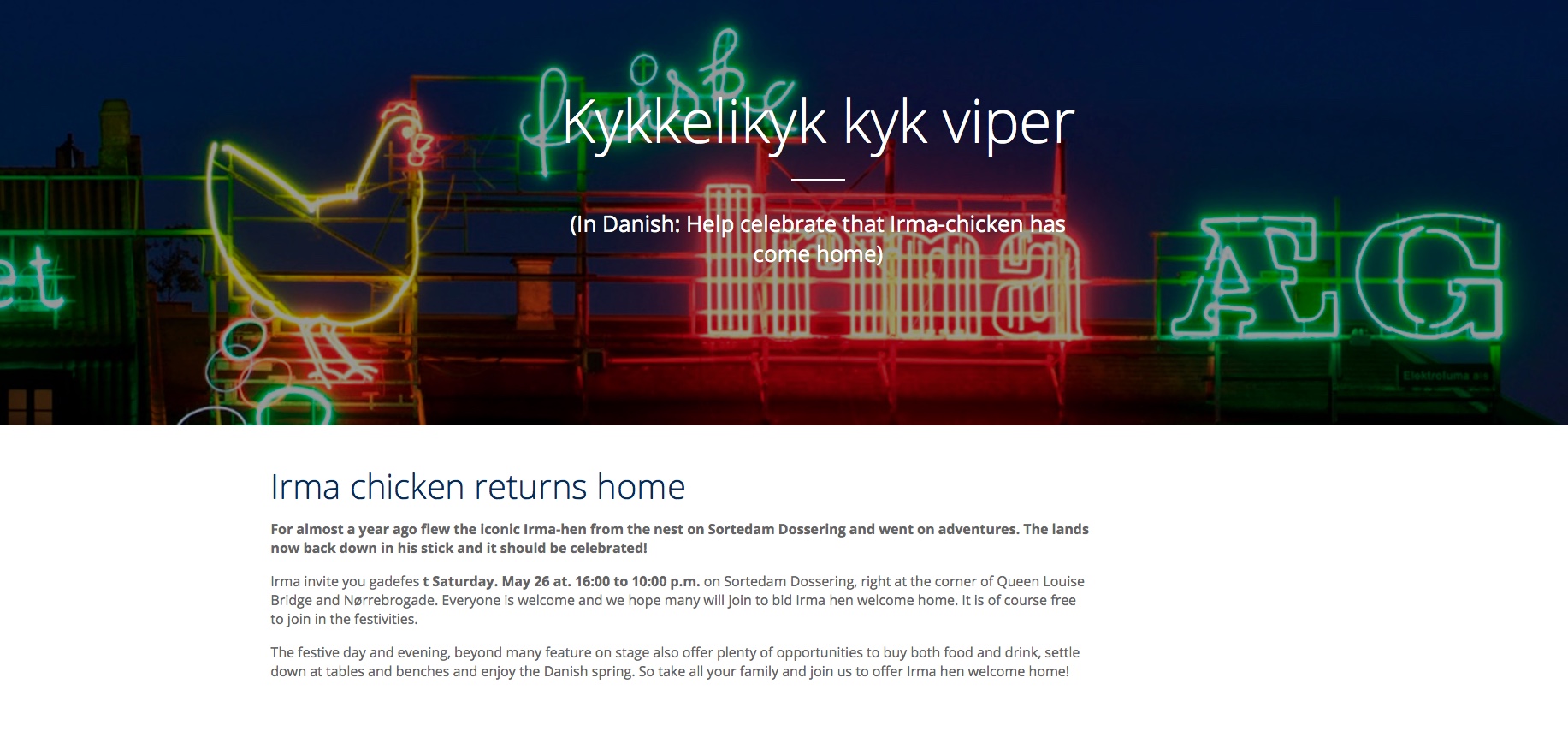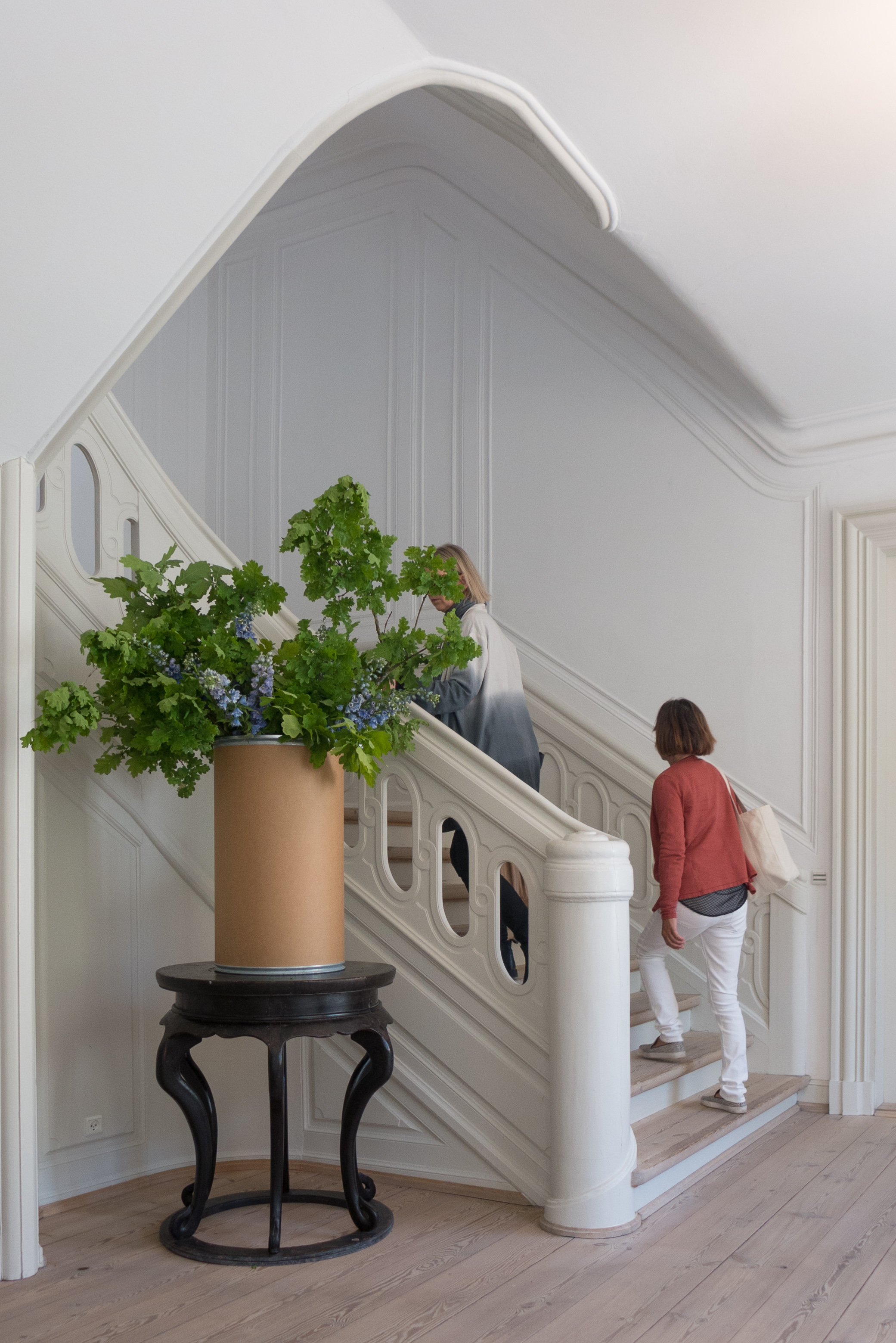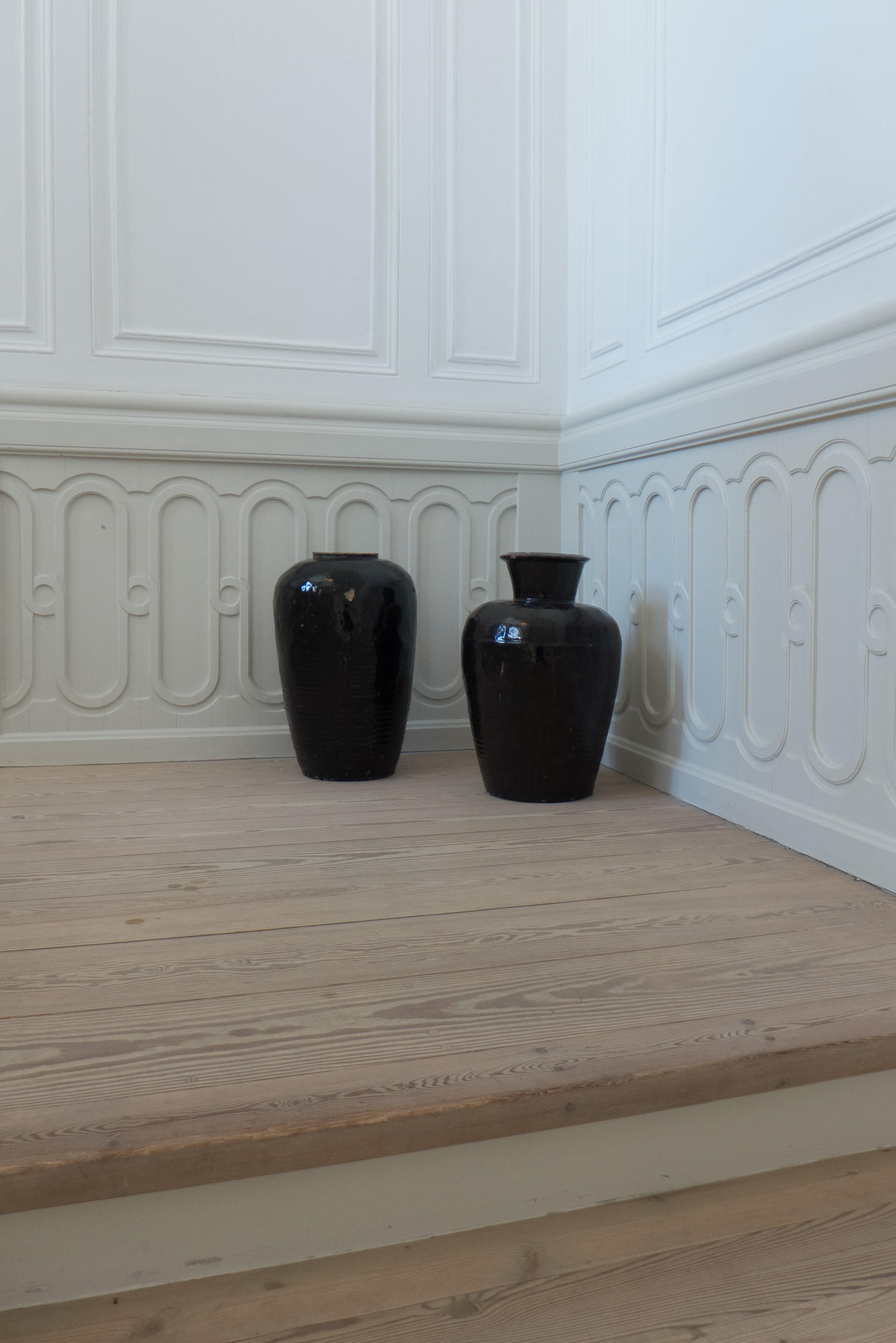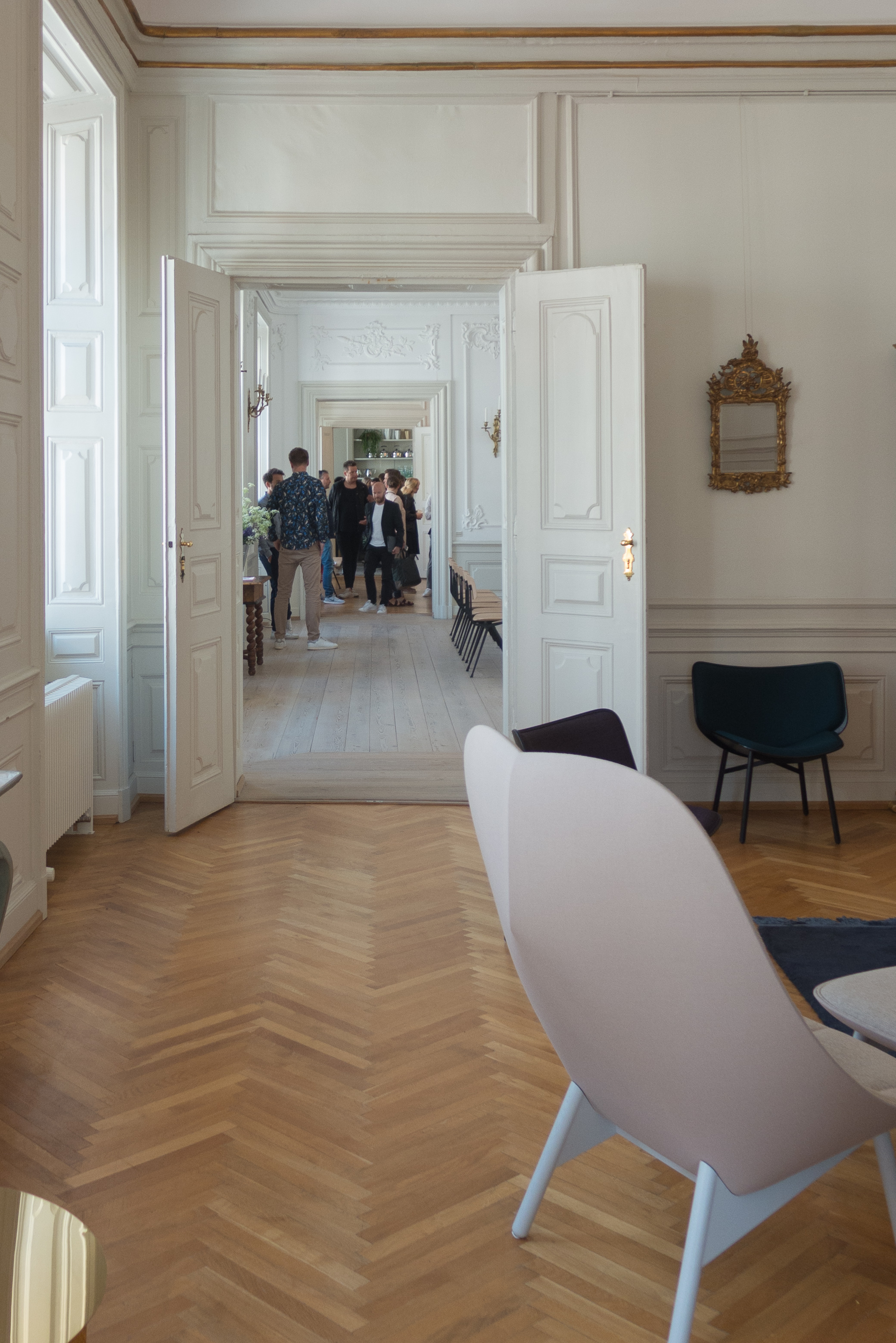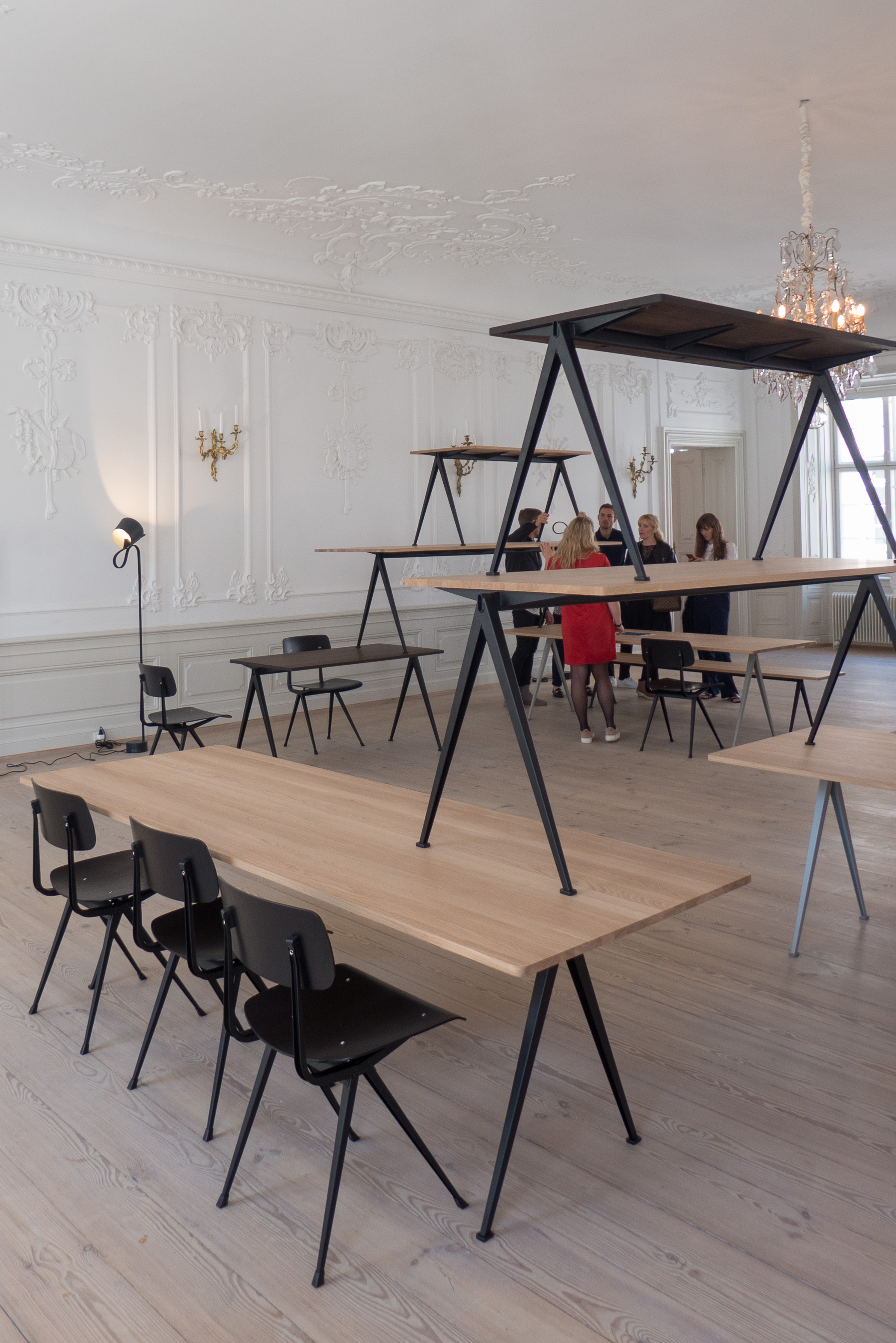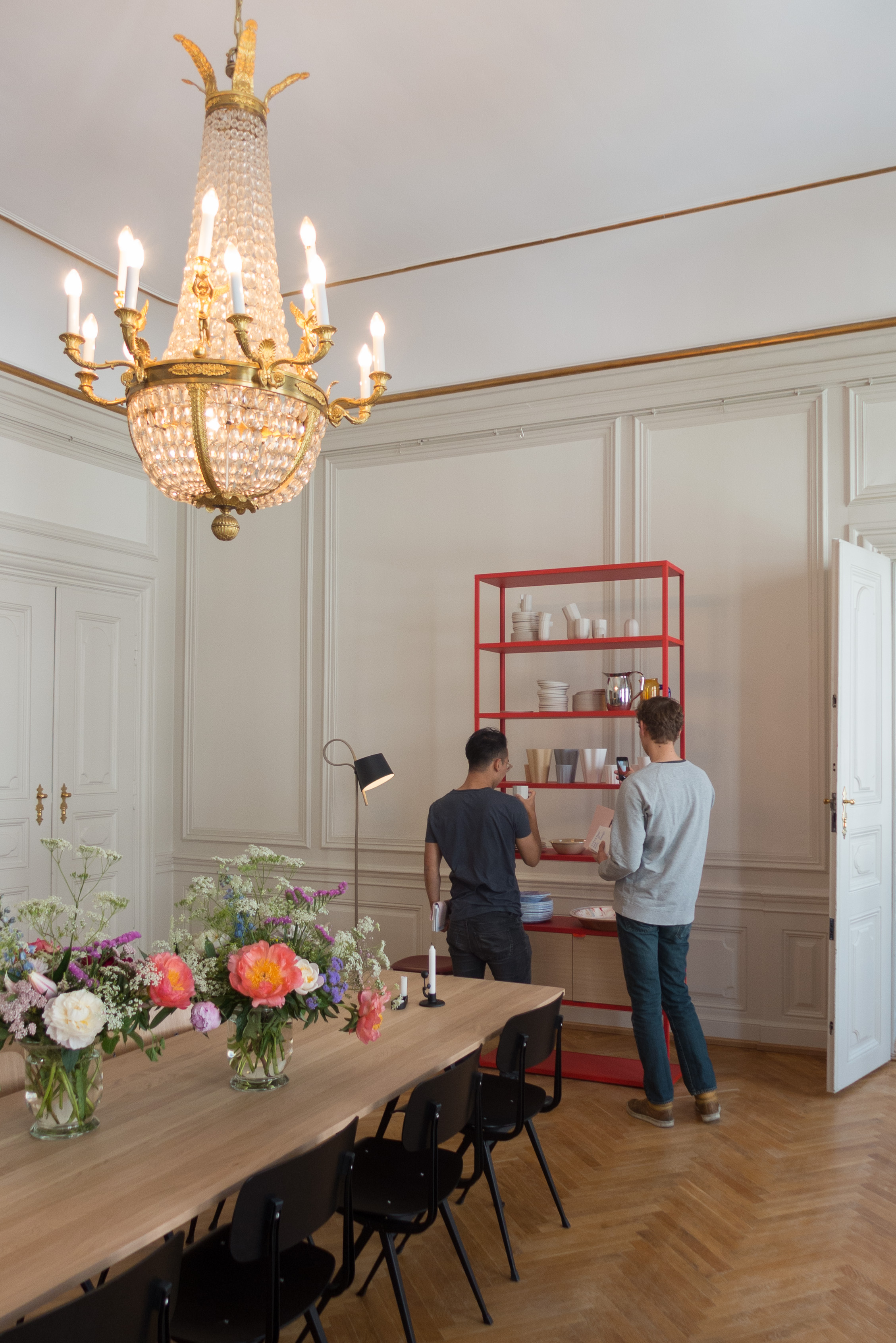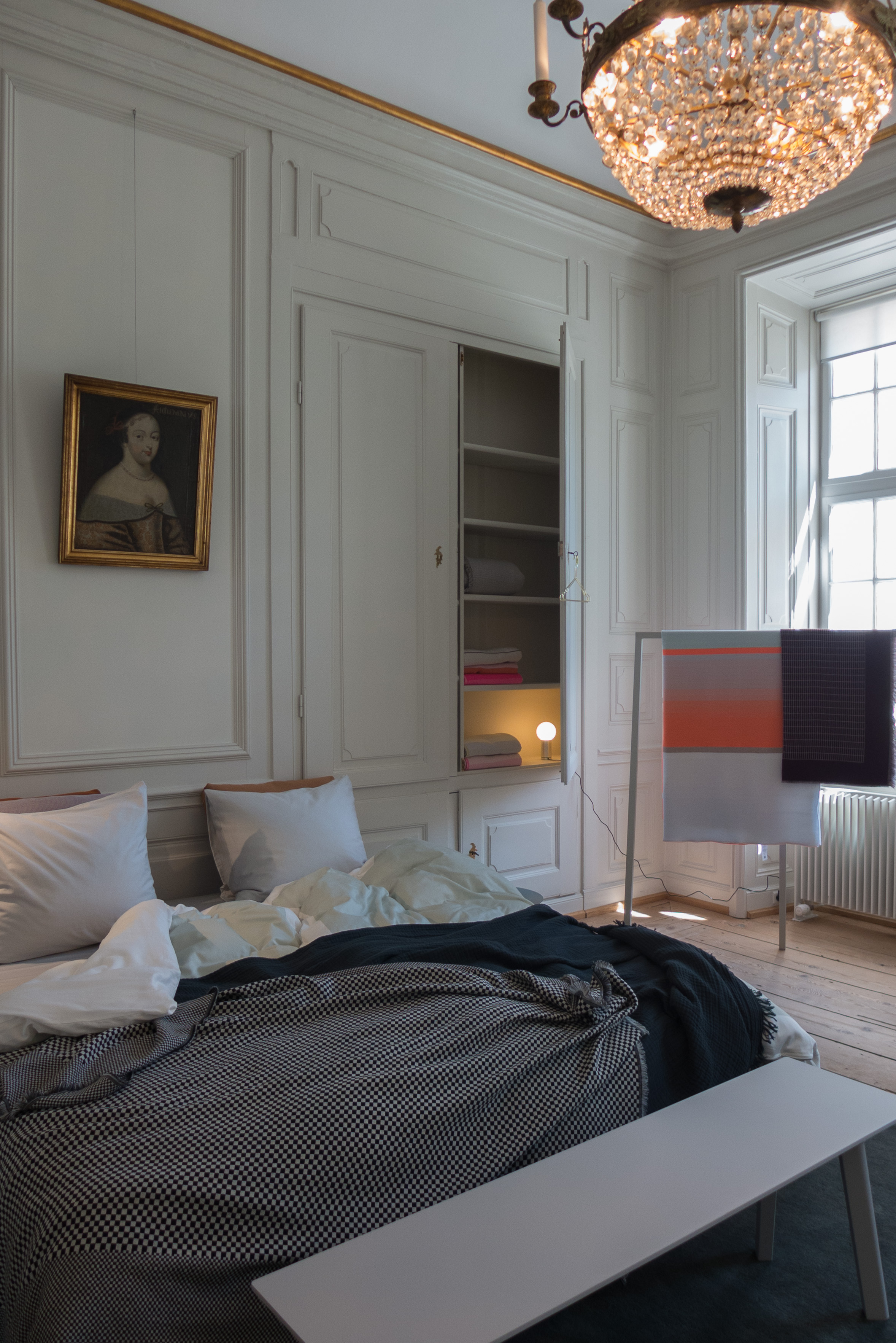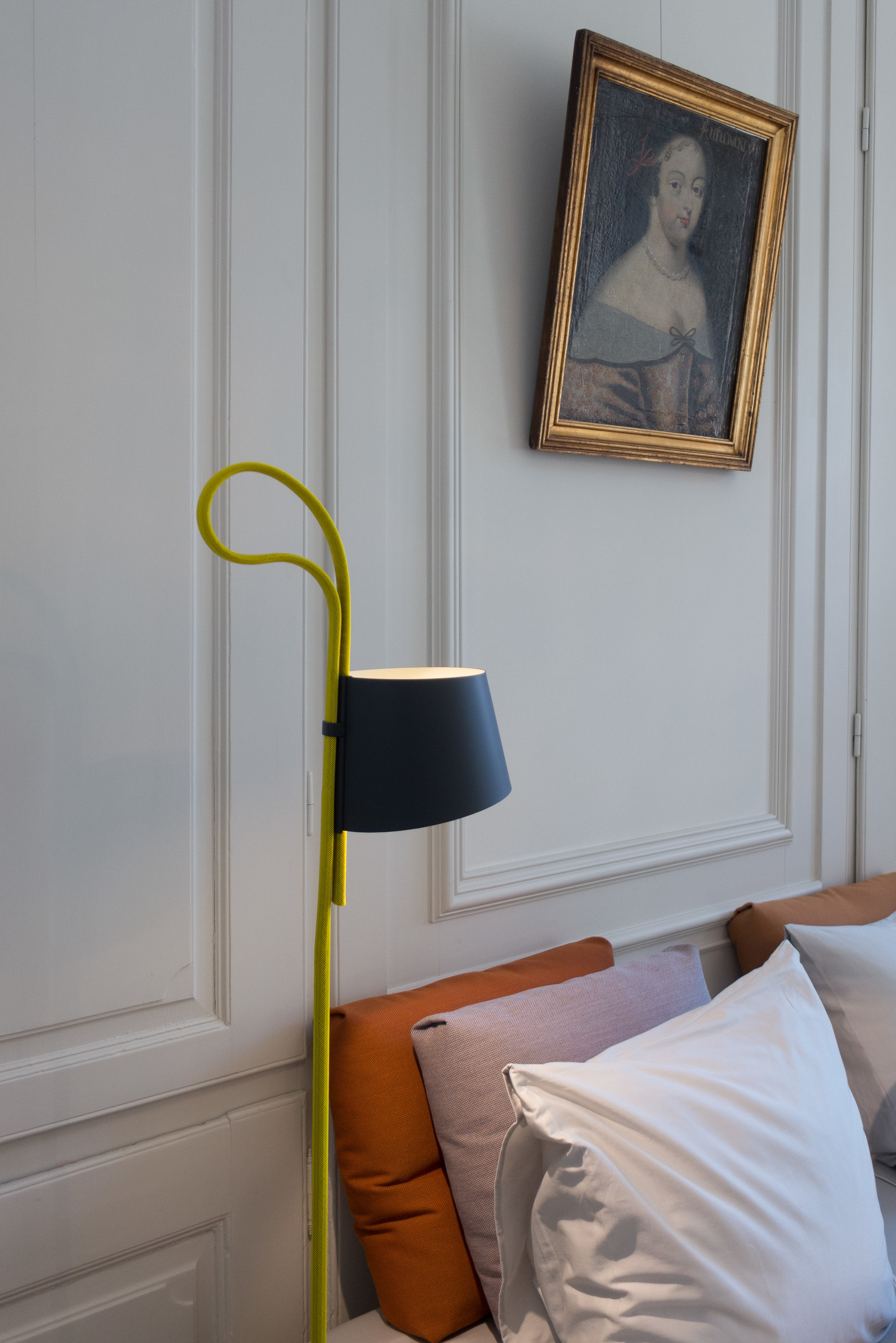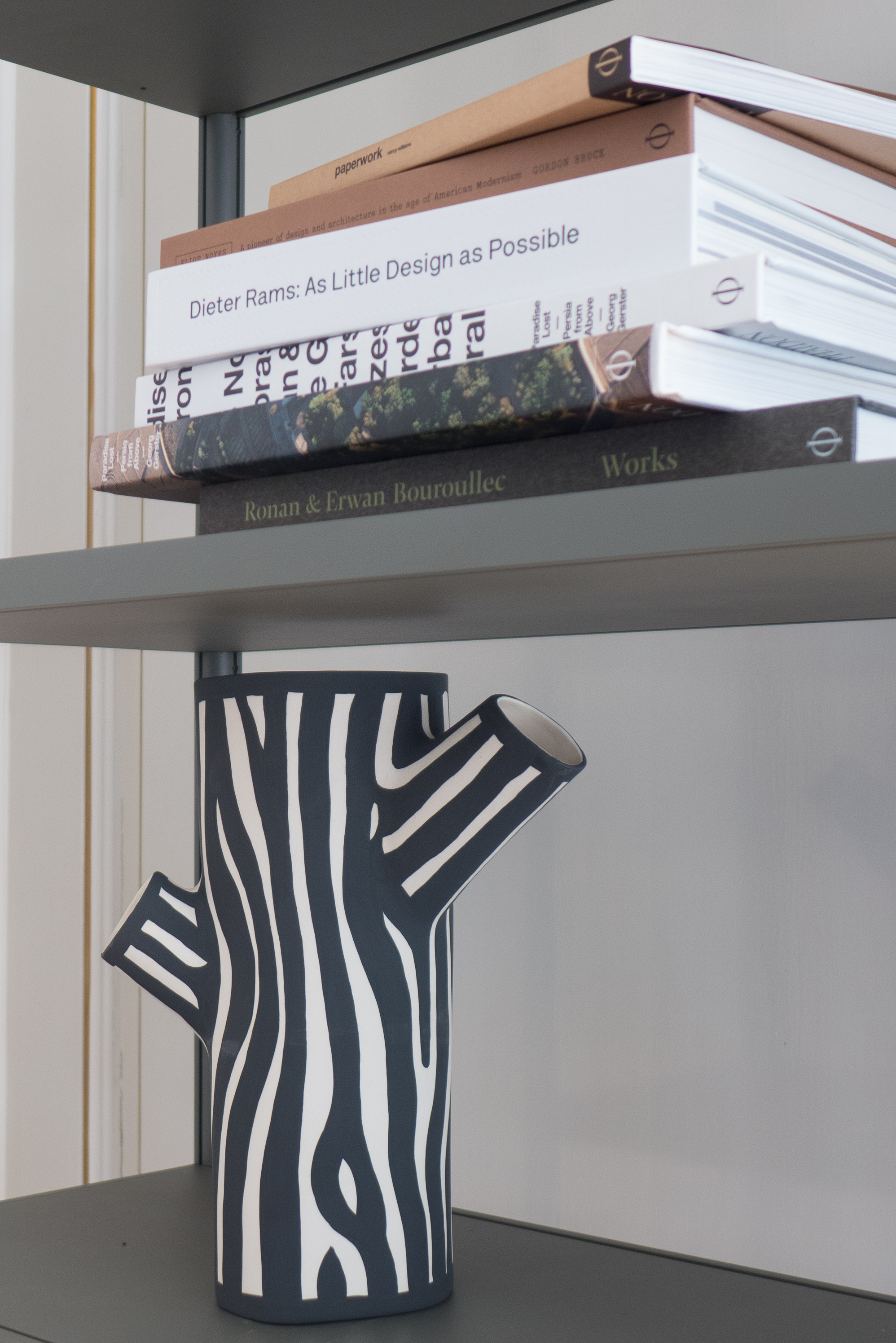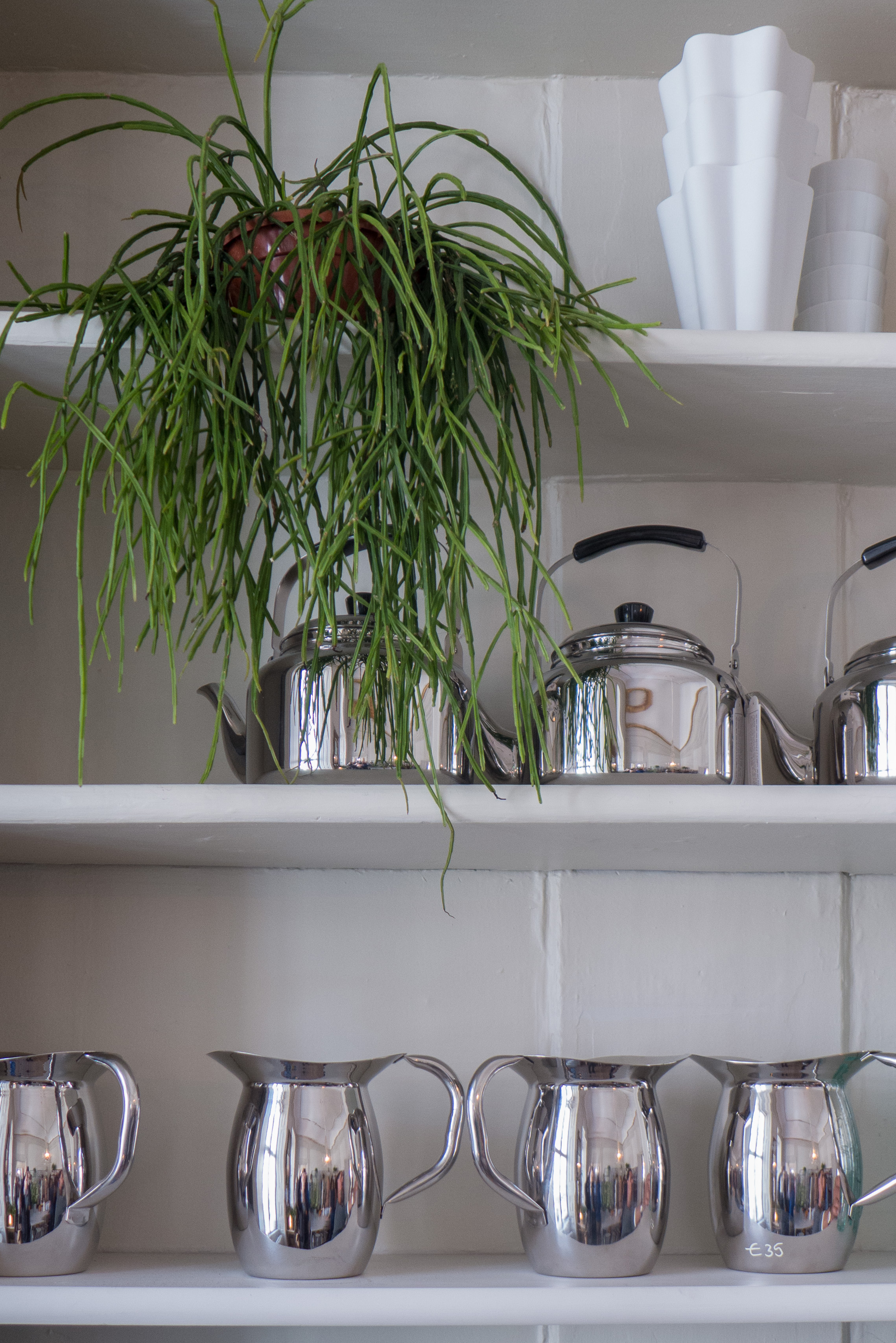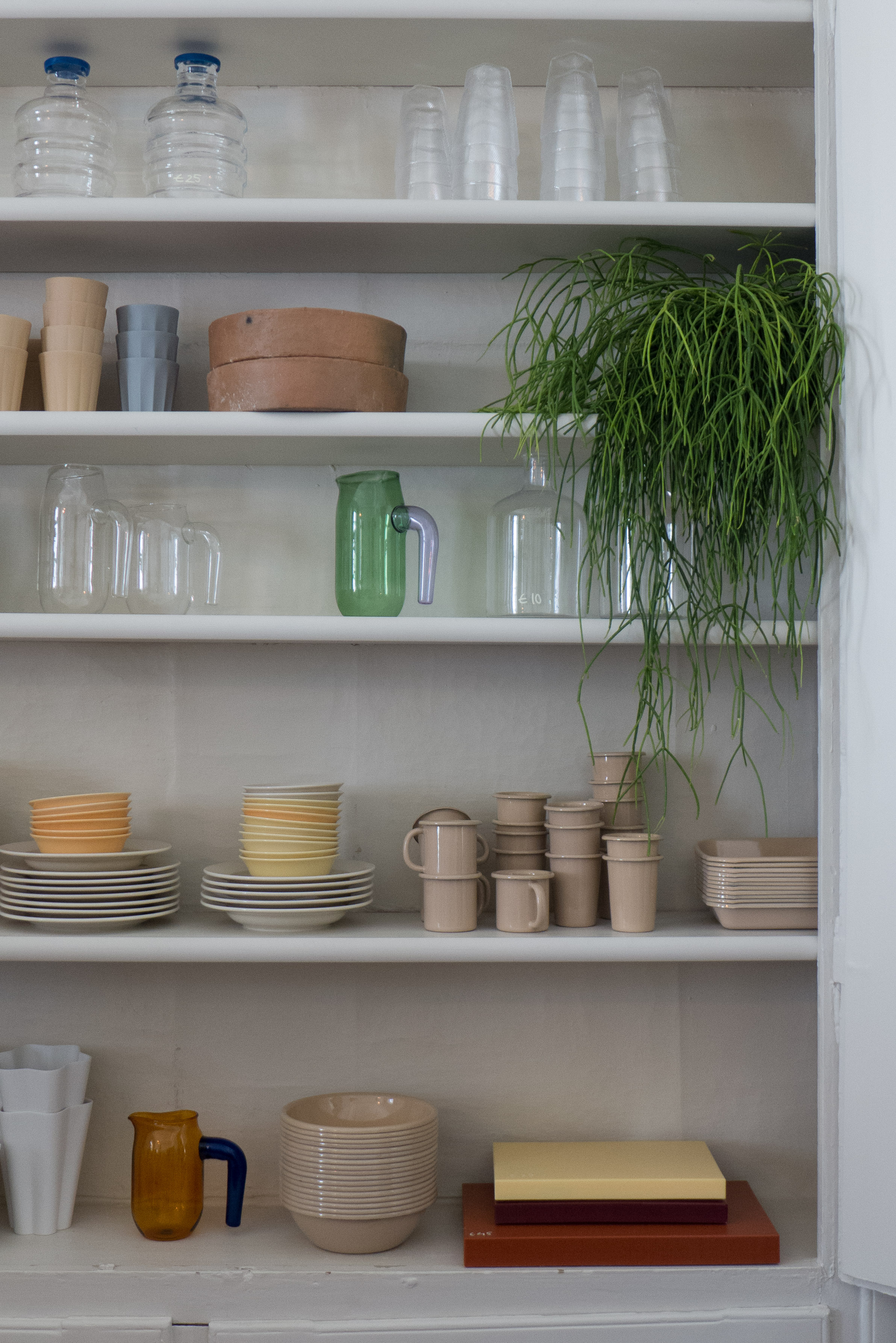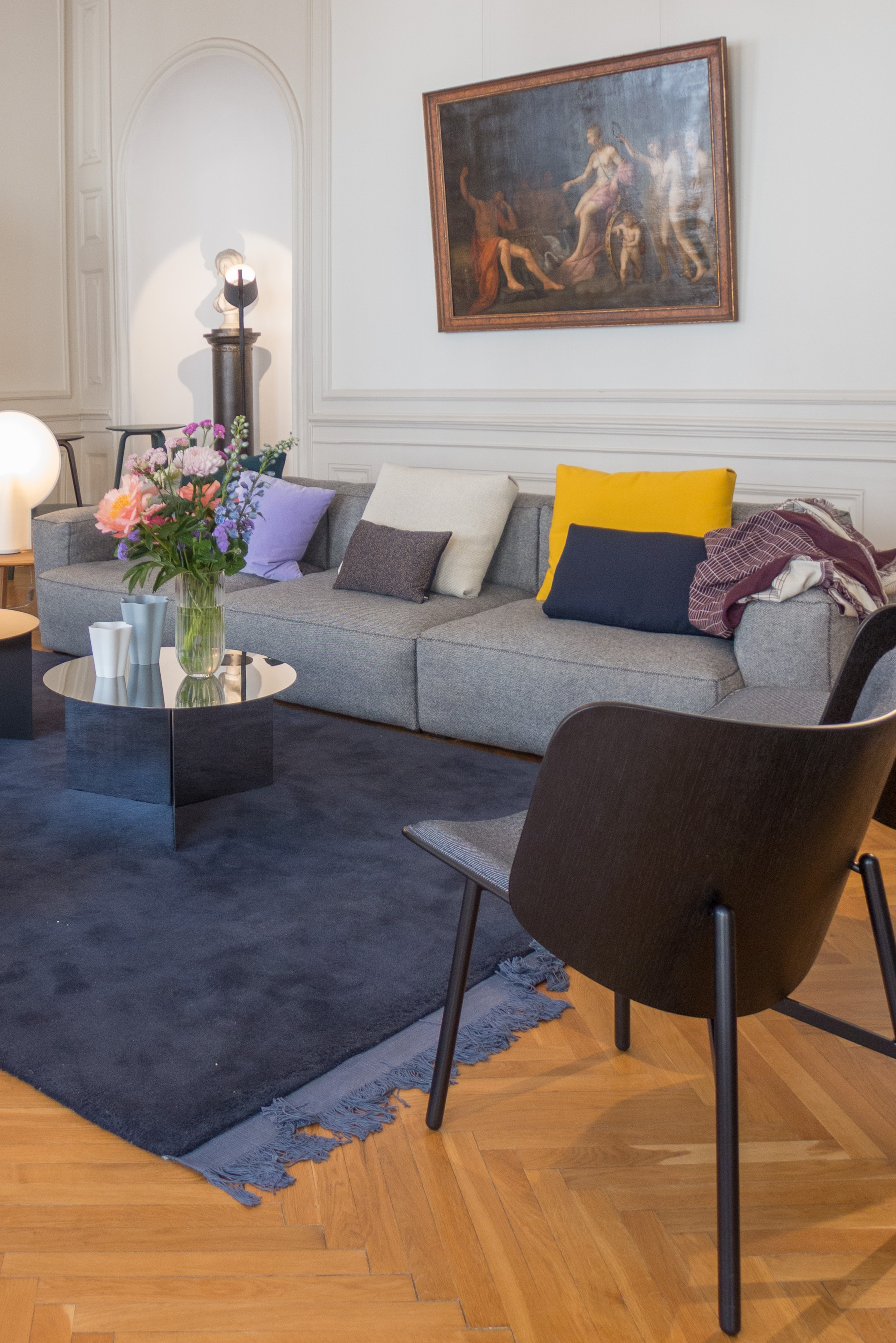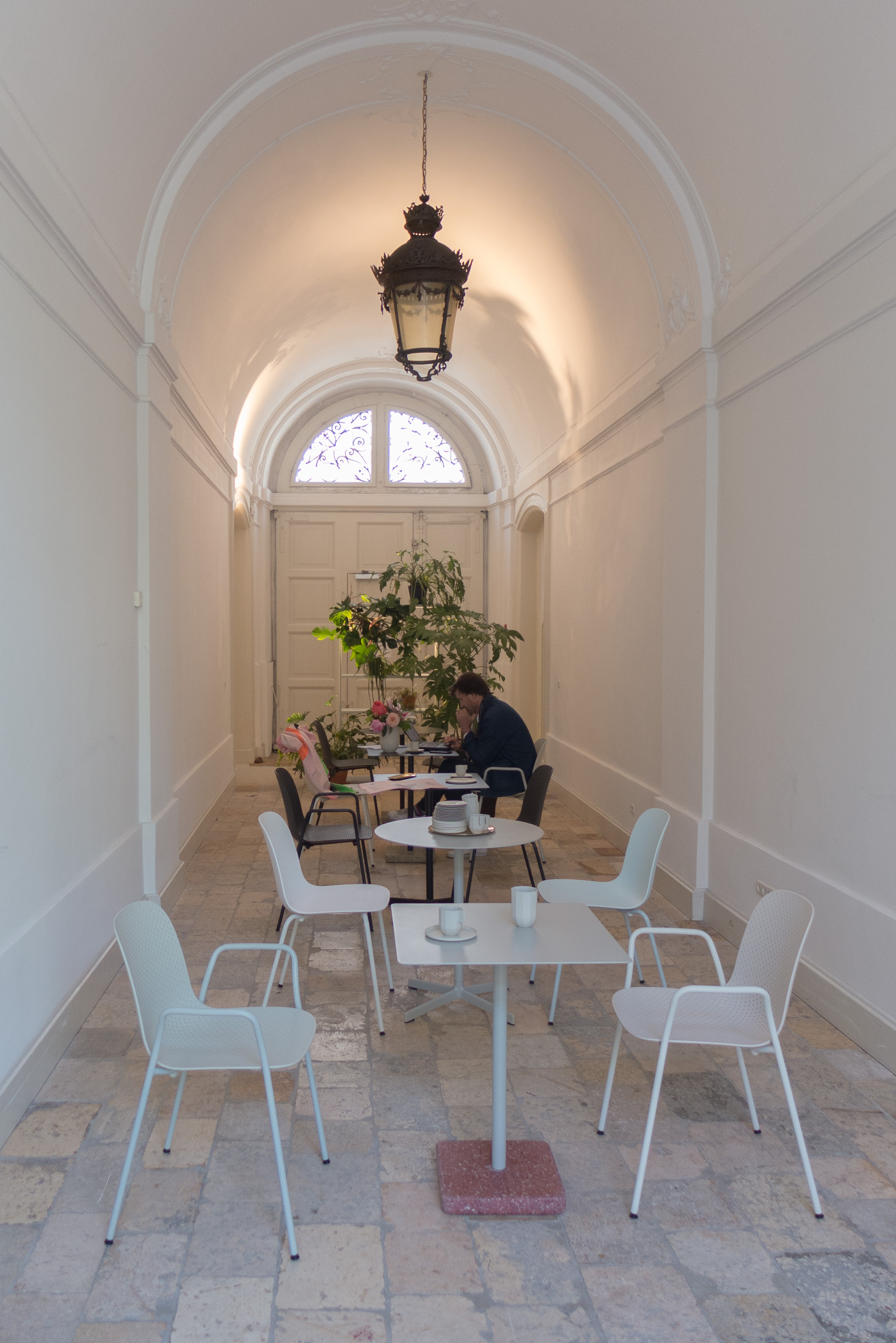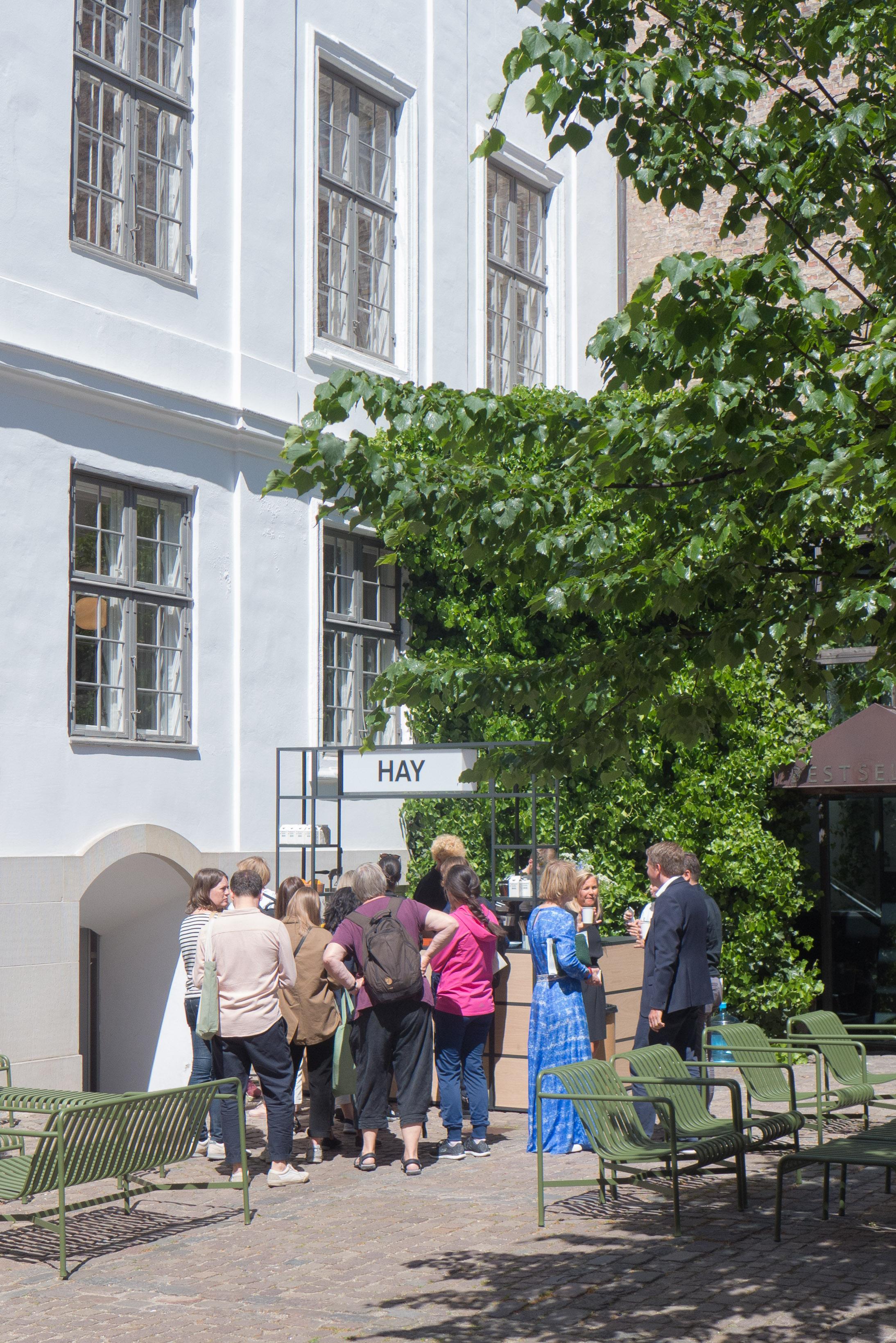lighting the square at Christiansborg
/Back at the end of November, there was a short post about extensive work across Slotsplads - the public square in front of Christiansborg - the parliament building in the centre of Copenhagen.
The main reason for remodelling this large and important public space was to bring some order to the area where, as a temporary security measure to thwart attacks with vehicles, a line of rough boulders had been set out in an arc on the outer edge of the square. The boulders have been replaced with large granite spheres and new setts were laid across the whole area. Security barriers were in place that drop down into the ground for access to the front of the building but work was ongoing - particularly along the canal in front of the square where new paving has been laid and a line of new trees have been planted.
Plans for this work showed the old lights but in a new arrangement in a straight line across the facade. There were electric cables in place with a rough gap in the cobbles where each light was to go but, given the time of year, there was a line of large Christmas trees here across the front of the building and all strung with fairy lights.
Now, with the new year, the Christmas trees have gone and the new lights have been installed in a straight line across the front, regularly-spaced and just out from a line of shallow steps. Ornate historic iron lamps are set on simple grey, marble bases and the effect is good … ordered and appropriate in a down-played but monumental sort of way.






